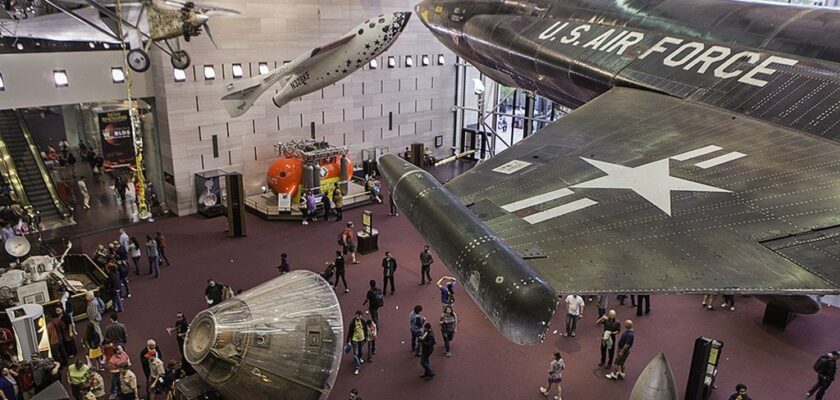National Air and Space Museum
The National Air and Space Museum, part of the Smithsonian Institution complex, has a vast collection of historical artifacts – the largest in the world. The treasures are housed in two buildings, and a shuttle bus runs between them. The museum is an important science center, studying the history, technology of aviation and space flight, as well as planetary science, geology, and geophysics.
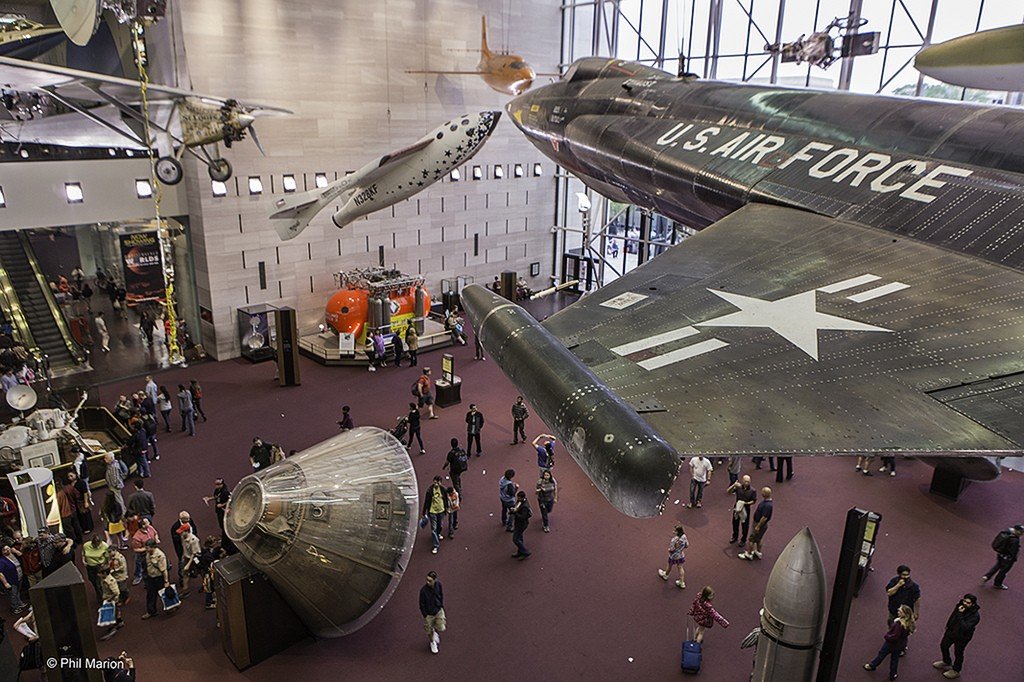
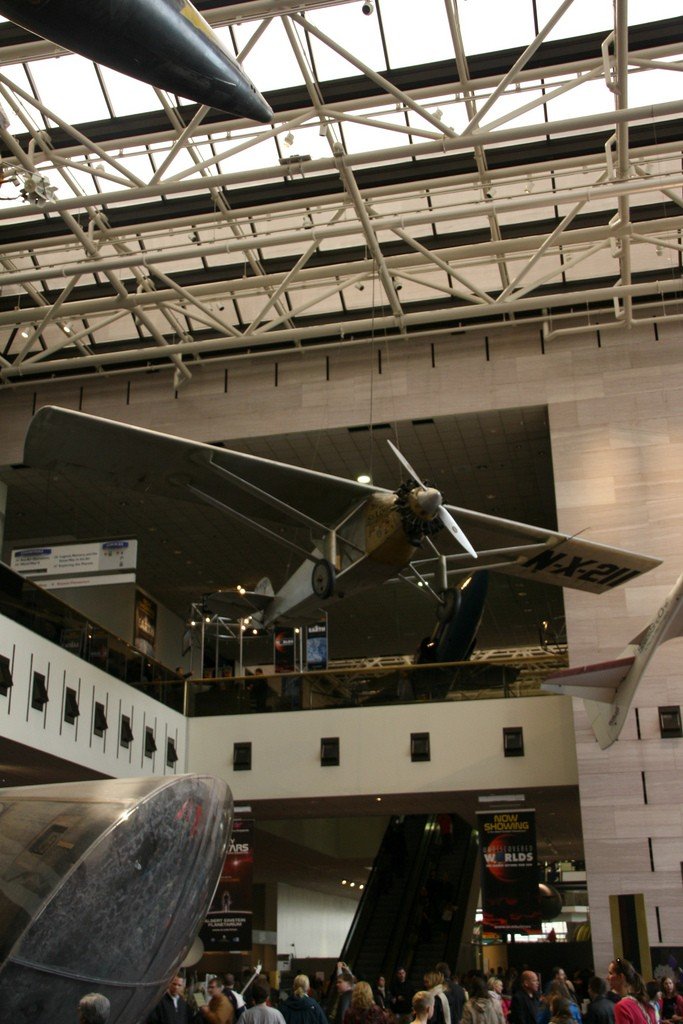
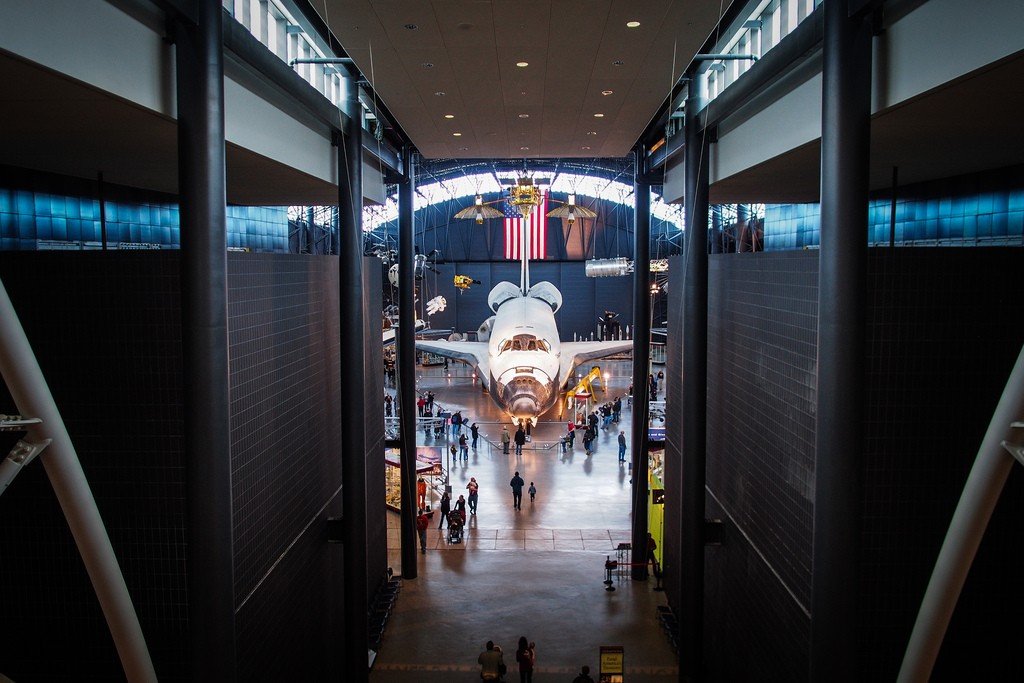
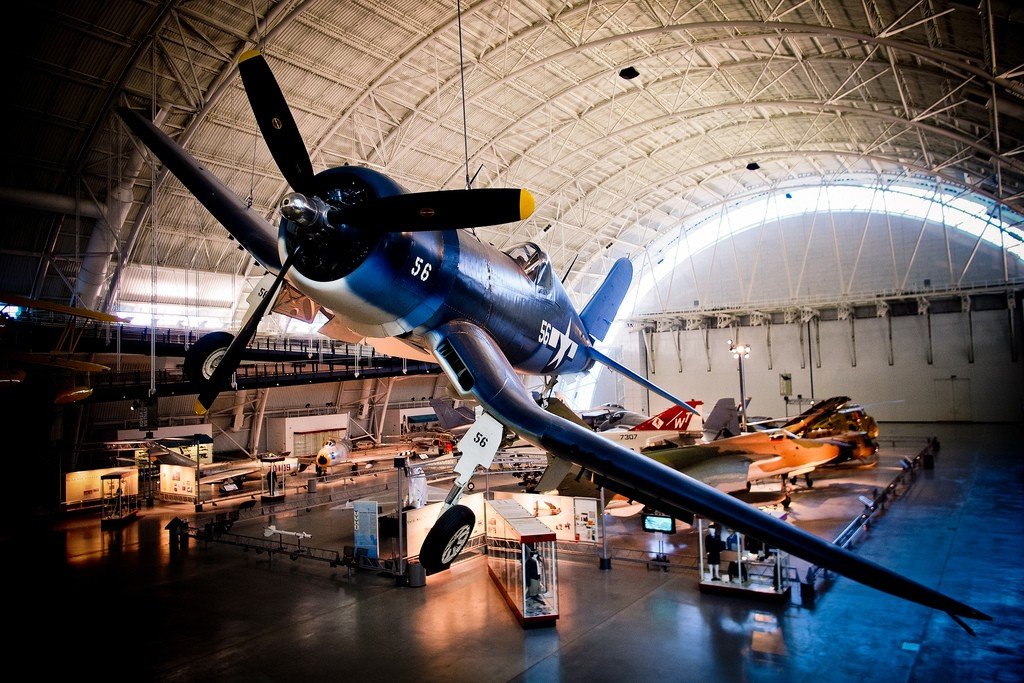
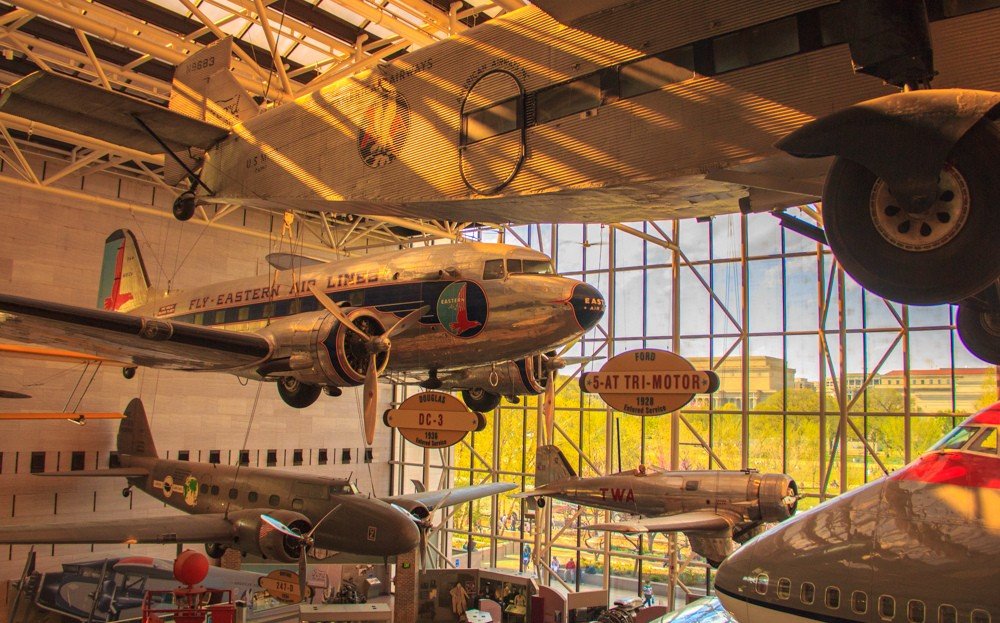
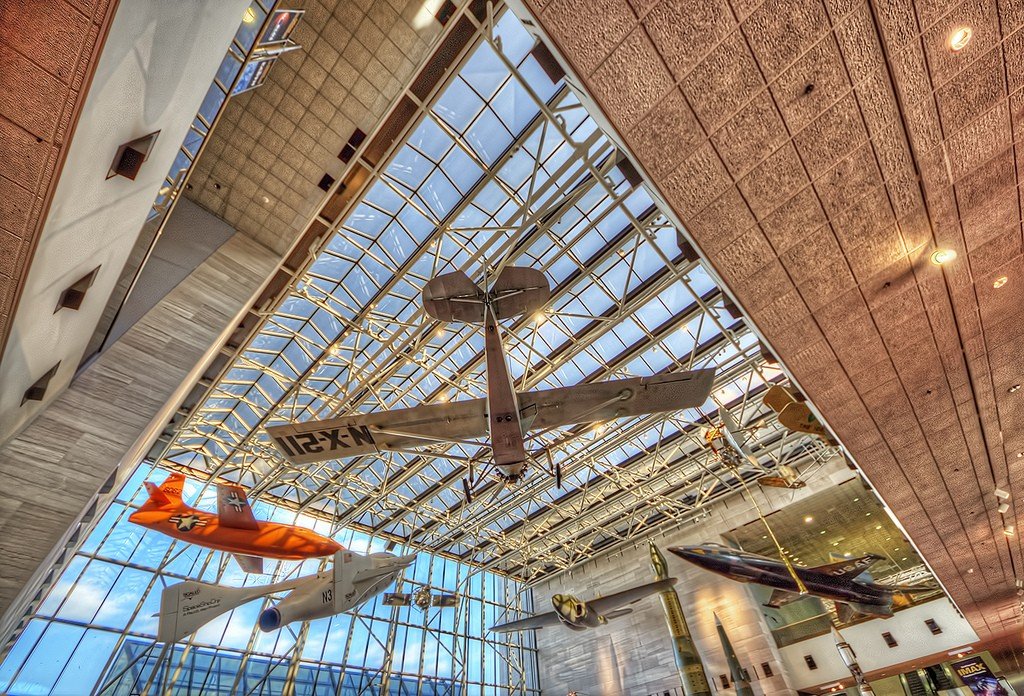
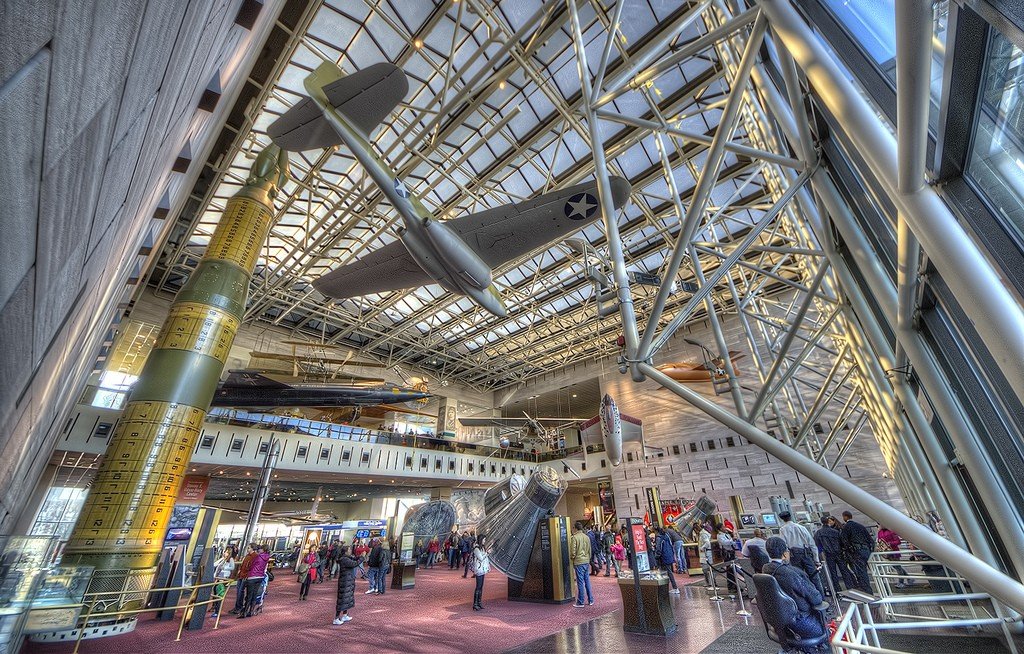
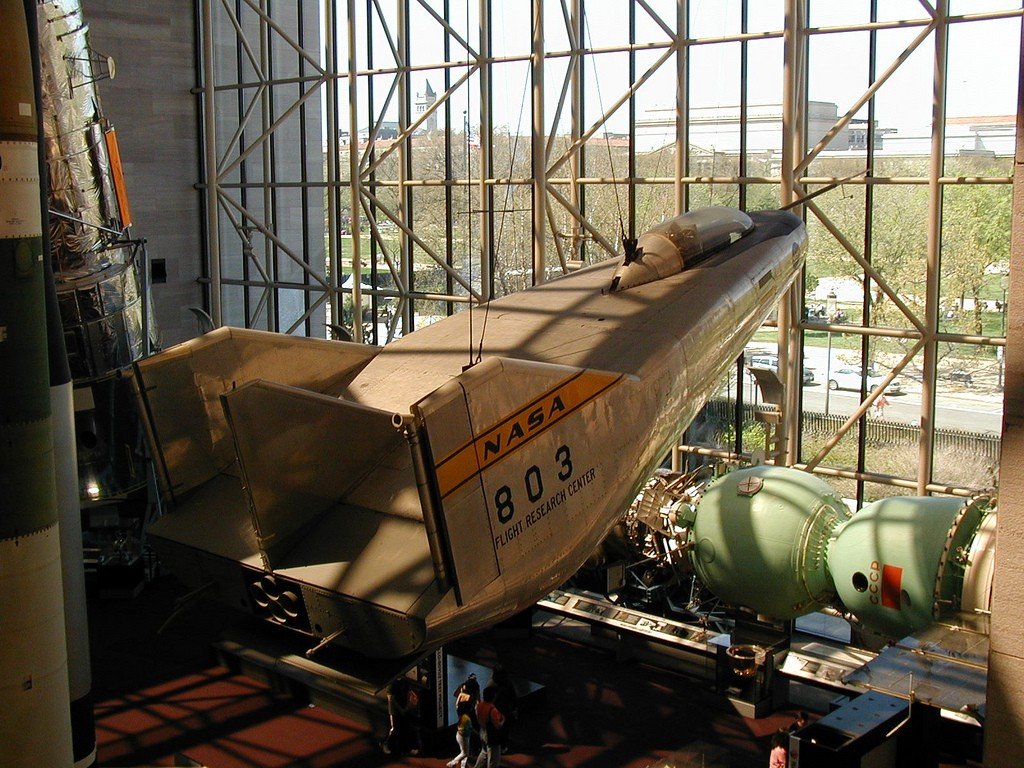
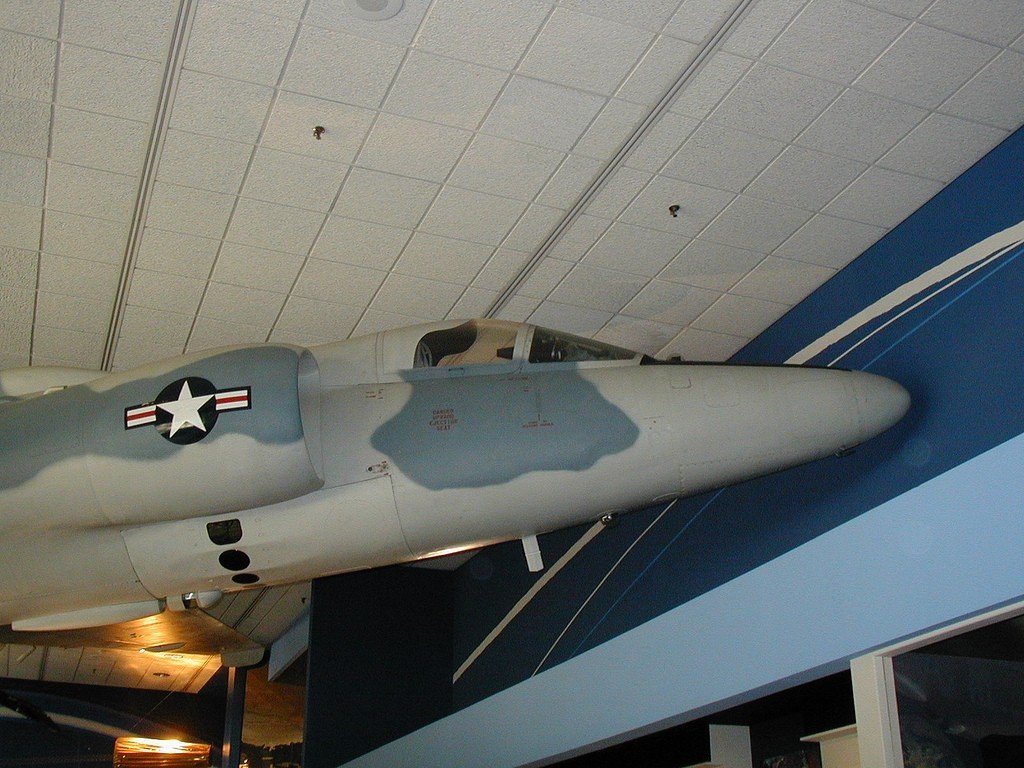
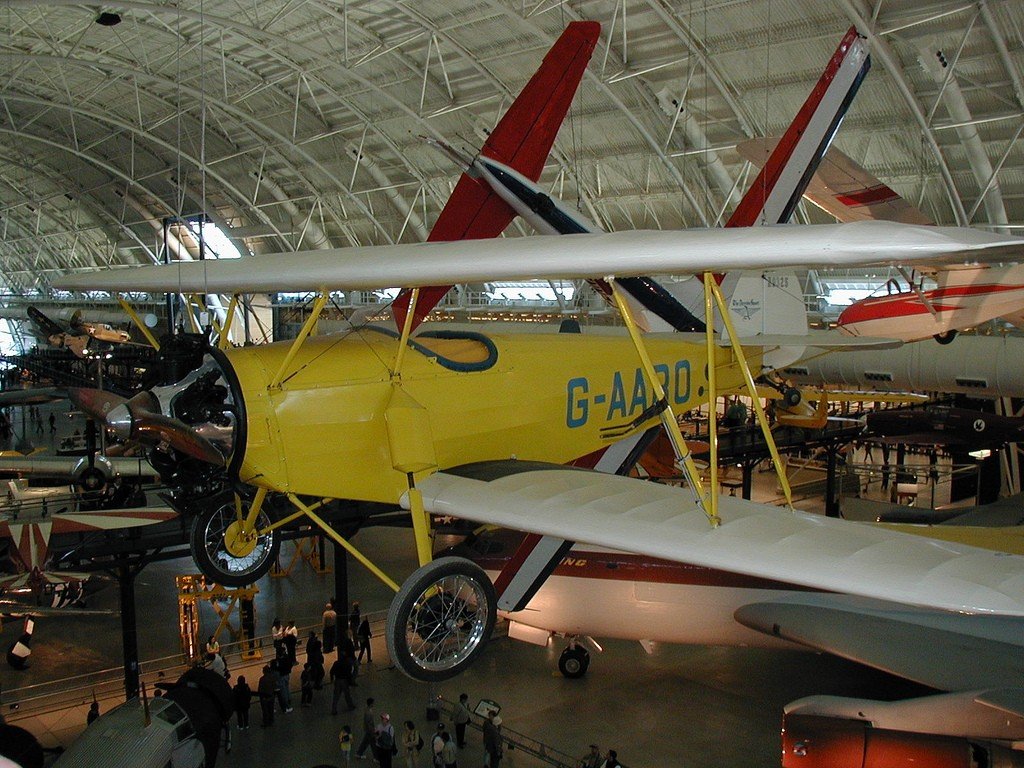
Video: National Air and Space Museum
ContentsExhibits
The main building in Washington, D.C. houses hundreds of artifacts, including the Wright Brothers’ original 1903 Wright Flyer airplane, an Apollo 11 module, and a lunar soil sample you can even touch.
A second building near Dulles Airport houses other stunning exhibits including the Concorde, Lockheed SR-71, Boeing B-29, and Space Shuttle Enterprise airplanes..Other exhibits include spacesuits worn by astronauts Baz Aldrin and Neil Armstrong who flew to the moon. There is also a replica of the Voyager space messenger, which is sent to Jupiter, Saturn, Uranus and Neptune. The museum center has a separate theater, where simulated flights are conducted, after which you should definitely check out the awesome store – where you can buy useless but fun gifts, such as dry ice cream and other foods from the astronauts’ menus.
.Architecture
Because of its proximity to the U.S. Capitol, it was decided to build an impressive building, but so that the Capitol building would not look faded against its backdrop. Architect Gio Obata of Hellmuth, Obata and Kassabaum designed the plan for the building: 4 marble cubes with small exhibits inside, connected by three glass and steel isthmuses with larger exhibits such as rockets, airplanes, and spacecraft.
The museum is similar in many ways to the National Gallery of Art, which is located on the National Mall and similarly used pink marble from Tennessee in its construction. Gilbane Construction Company completed construction in 1976. The museum’s entrance is located in the west glass wall of the building.
.History
Originally called the National Aviation Museum, the museum was established by an act of Congress on August 12, 1946, with President Harry Truman signing the bill. Several kites were received from the Chinese Imperial Commission after the 1876 World’s Fair held in Philadelphia. The museum received these items because the secretary of the Smithsonian Institution convinced the Chinese exhibitors that it would cost too much to ship them back. Stringfellow’s aviation steam engine entered the collection in 1889 and was the first exhibit purchased by the Smithsonian Institution and is still in the collection today.
.
After the museum was established, the Smithsonian Institution did not have a building capable of housing all of the exhibits, many exhibits were obtained from the U.S. Army and Navy, including apparatus captured during World War I.
Some of the exhibits have been on display at the Smithsonian Institution. Some of the exhibits were displayed in the Arts and Industries Building, and some were stored in the Aircraft Building, a.k.a. the “Tin Hangar,” a metal hangar just south of the Smithsonian building. Large rockets were displayed outside, making up what is known as “Rocket Row.” Inside the hangar were a Martin bomber, a LePere fighter-bomber and an Aeromarine 39B floatplane. Some of the collection is still stored in the hangar due to lack of space in the museum.After World War II and the Korean War, the Smithsonian Institution received a large number of airplanes, necessitating space for aircraft storage and restoration. The Garber facility, where the exhibits are now stored and restored, came on the museum’s books in 1952.
.
It is also planned that the International Comet Explorer, now in heliocentric orbit, will be donated to the museum’s collection.
.Worth a shot
Go to the souvenir store and buy dry ice cream – just like the kind astronauts eat in space!
.